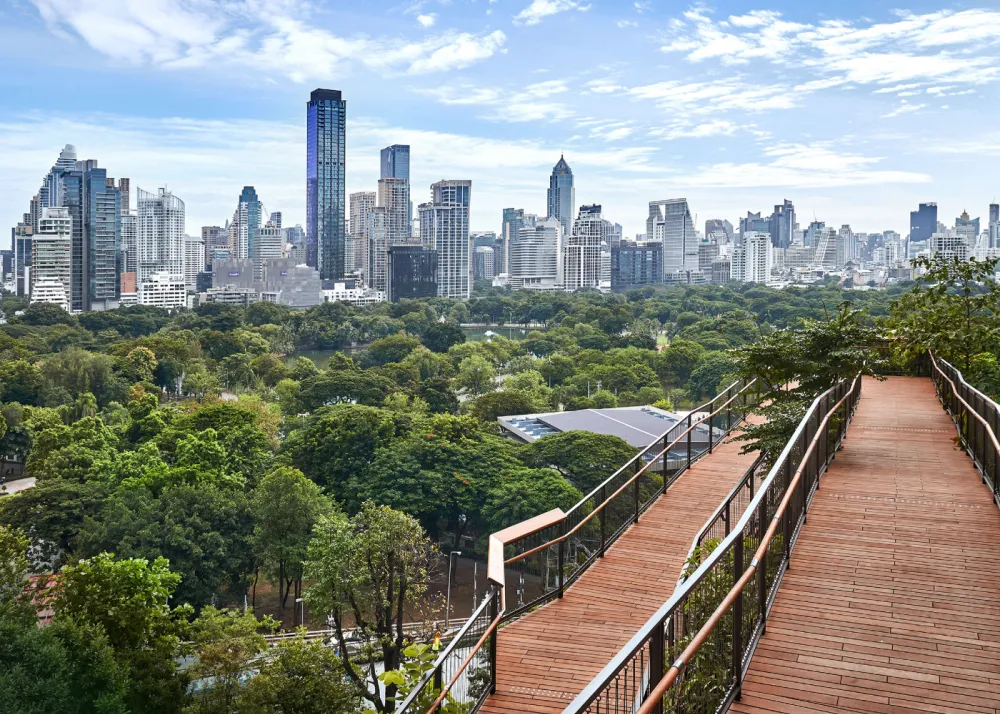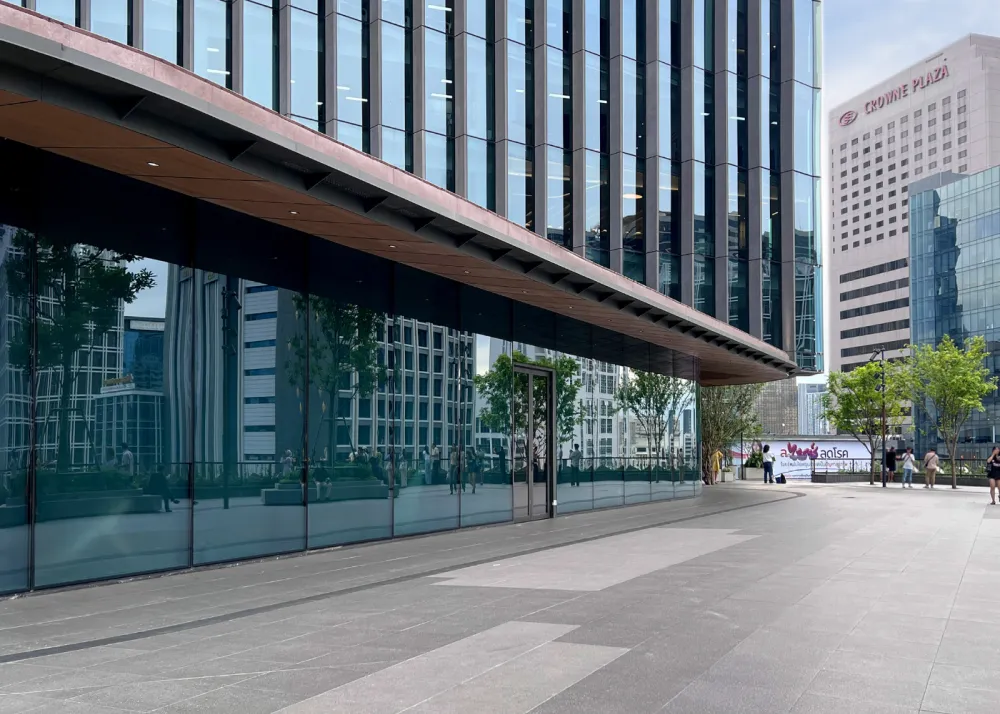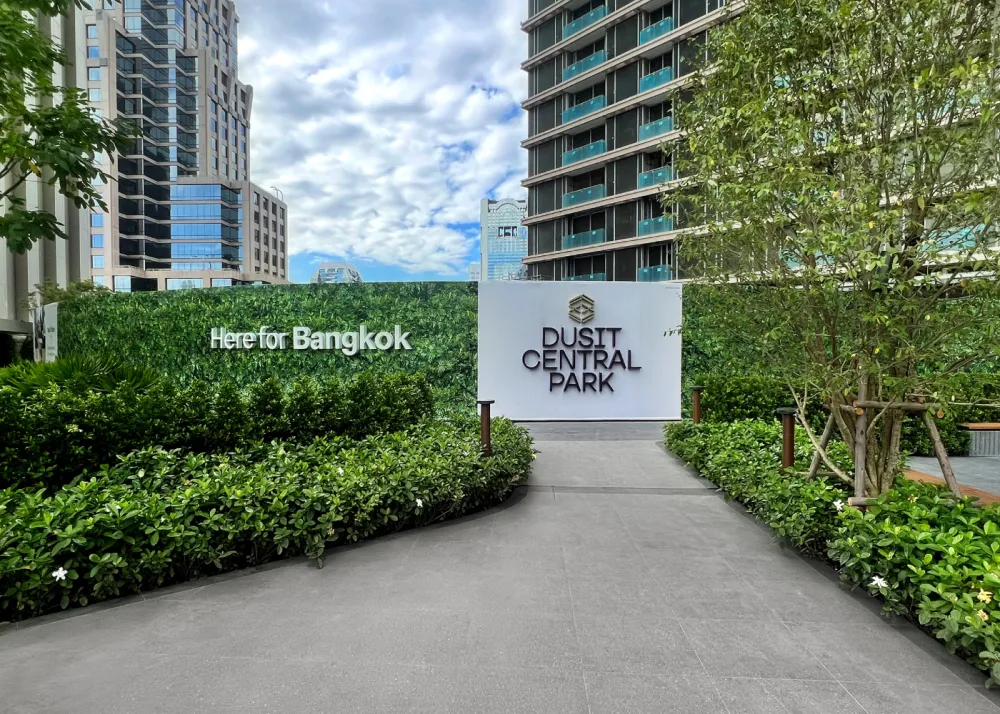Explainer: Why Is Thailand Experiencing Bad Air Quality Right Now?

Apart from Thailand's sweltering temperatures, air pollution is another one of the city's concerns. If you have been to Bangkok, chances are you’ve noticed its hazy skyline and particulate matter floating in the air.
On Feb. 15, Bangkok Governor Chadchart Sittipunt urged city employees to work from home as a precaution from Thailand’s “largest invisible killer” – the hazardous air pollutants that veiled the Thai capital, the Bangkok Post reported.
According to the live map of monitoring website IQAir on May 6, Bangkok reached an “unhealthy” air quality index. The Prawet District and Thawi Wanarom Park logged the highest levels of the “most polluted air quality stations” at 173 US Air Quality Index (US AQI).
The “unhealthy” level of air quality indicates the potential impact on an individual’s health. People may experience symptoms such as coughing, difficulty breathing, and eye irritation. On the other hand, people who need special health care or are asthmatics are strictly advised to avoid outdoor activities as they might endure coughing, dyspnea, eye inflammation, chest tightness, headache, irregular heartbeat, nausea, and fatigue.

In a bid to further understand the importance of maintaining high air quality standards, here’s an overview of the existing state of air pollution in Thailand.
Read more: 7 Foolproof Steps to Improve Air Quality at Home
What are PM2.5 Particles?

Airborne particulate matter, also called as fine particulate matter (PM), is a concerning pollutant composed of a complex mixture of microscopic chemical compositions such as inorganic ions, metallic compounds, elemental carbon, organic compounds, and even compounds from the Earth’s crust. These substances come from vehicle emissions, industrial processes, construction activities, and natural phenomena like wildfires and dust storms.
Measuring 2.5 micrometres, this particle, when inhaled, can penetrate deep into the lung barrier and enter the bloodstream. Prolonged exposure to PM2.5 may cause respiratory diseases, cardiovascular complications, and other detrimental health effects.
Based on the World Health Organization (WHO) guidelines, the annual average concentrations of PM2.5 should not exceed 5 µg/m3, while 24-hour average exposures should not exceed 15 µg/m3 for more than three to four days each year.
These adverse effects can affect vulnerable population including the elderly with chronic heart or lung diseases, as well as children and individuals suffering from asthma, according to a study via the California Air Resources Board.
In 2019, there were over 32,200 premature deaths due to air pollution in Thailand, reducing average life expectancy by two years. Four years later, the numbers flocked to 2.4 million Thai residents seeking treatment for smog-related illnesses.
Major Air Polluters

There are various factors that contribute to air pollution in Thailand, with agricultural and industrial emissions being the main contributors. These practices exacerbated industrial emissions and vehicle exhaust fumes in Thailand in the first quarter of the year.
In terms of industrialization, Thailand is the 12th largest automobile producer in the world and a leading producer of hard disk drives, making it a major exporter of high-value goods, ranking 14th in the world. These vehicles emit pollutants, such as carbon monoxide (CO), nitrogen oxides (NOx), volatile organic compounds (VOCs), and particulate matter (PM) as byproducts of combustion, coupled with transportation and energy generation contribute to air pollution in the kingdom and other industrialized regions.
As for agricultural emissions, Thailand engages in the "slash and burn" practice during forest fires and crop-burning activities from December to April. This is when farmers burn remaining vegetation on their land to create newly cleared soil rich with nutrients. These fires result in hazardous air pollution.
Government Initiatives
The Thai government has greenlit the Draft Management for Clean Air Act (“Clean Air Bill”) proposed on Nov. 28, 2023. While Thailand addresses air quality management within its current legal framework, there has been no comprehensive legislation that strongly focuses on air quality control in its entirety.
Under the Clean Air Act, it extends not only the management, but also the regulation of activities and point sources, such as factories and businesses, that potentially generate air pollution. The Act mandates the Pollution Control Department provide an annual report on air pollution at national, regional, and provincial levels. Those who fail to comply with the air pollution control standards are subjected to a regulatory fine between THB 50,000-THB 2 million.
“The Clean Air Bill also introduces economic incentives and measures to encourage behavioral changes to prevent air pollution, including clean air tax, air treatment charges, determination of rights and the transfer of rights to release exhaust air, and subsidies for activities that promote clean air,” according to a report by the Global Compliance News.
Get the latest curated content with The Beat Asia's newsletters. Sign up now for a weekly dose of the best stories, events, and deals delivered straight to your inbox. Don't miss out! Click here to subscribe.
























































